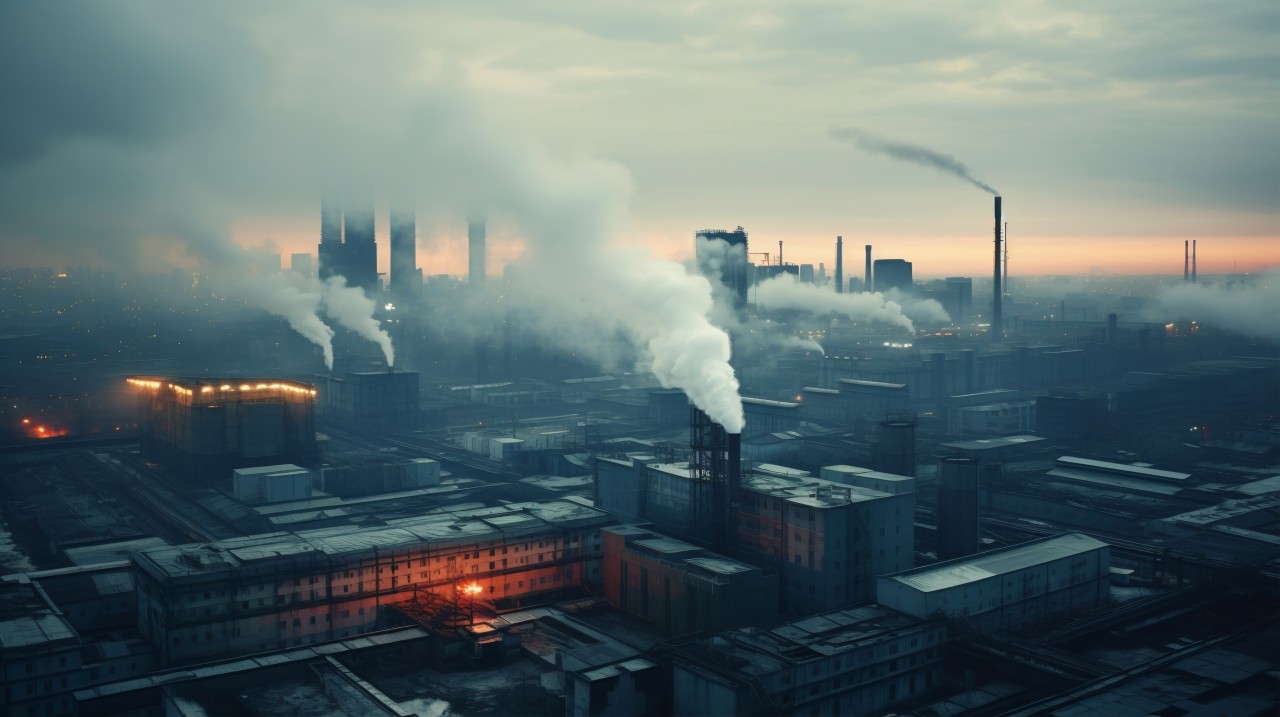
Throughout history, there have been some really amazing transformations that occurred in the automotive industry due to breakthrough technology. This blog series is divided into three chapters where we discuss the stories of progress in technology and how it has driven the automotive sector’s evolution. Let’s start our journey with the First Industrial Revolution which was a turning point for mechanization and laid the foundation for what would be remarkable improvements in cars.
Technological advancement has always been a major driving force moving mankind forward as well as impacting on all industries without any exception. The world experienced an extraordinary change at the end of 18th and beginning of 19th centuries called – The First Industrial Revolution. This significant period saw both mechanization come to life and machines replace human labor in manufacturing processes that had until then relied only on human labor. Although the automobile industry was still young, they anticipated future inventions based on this revolution which led to the birth and mass production of cars in the future.
One of the groundbreaking inventions that kicked off this revolution was the Spinning Jenny, introduced by James Hargreaves in 1764. This machine allowed a single operator to spin multiple spools of yarn simultaneously, revolutionizing textile production efficiency.
Shortly after, Richard Arkwright patented the Water Frame in 1769, harnessing the power of water to drive spinning machines. This further propelled the mechanization of yarn production, paving the way for larger-scale operations.
But it was the development of the steam engine that truly turbocharged the First Industrial Revolution, forever changing the landscape of production and transportation.
While Thomas Newcomen’s atmospheric steam engine set the stage, it was James Watt’s improvements in the late 18th century that unlocked the true potential of this technology. Watt’s innovations, like the separate condenser and rotary motion, made the steam engine significantly more efficient and versatile.
Factories could now harness steam power to operate machinery, driving production to unprecedented levels. The textile industry was transformed, with mechanized spinning and weaving processes streamlining operations.
Steam power’s impact extended beyond factories, revolutionizing transportation with the introduction of steam-powered locomotives and steamships. Distances shrank as goods and people could move faster than ever before.
Another groundbreaking development was the invention of the internal combustion engine. While early steam-powered vehicles existed, the gasoline-powered internal combustion engine truly kickstarted the modern automobile industry.
In 1807, Swiss engineer François Isaac de Rivaz designed the first internal combustion engine using hydrogen and oxygen fuel. But it wasn’t until the late 19th century that the gasoline-powered version became a viable option for powering vehicles.
The automobile brought greater mobility and freedom, reducing travel times and enabling suburban sprawl. The industry itself became an economic powerhouse, creating jobs and driving innovation in manufacturing processes.
The First Industrial Revolution had far-reaching economic and social consequences beyond its technological marvels. Mechanization led to surges in production output and efficiency, with mass-produced goods becoming more affordable for consumers.
However, rapid industrialization also caused significant upheaval. Urban populations swelled as rural workers flocked to cities for factory jobs, leading to the rise of a new working class facing long hours and hazardous conditions. Traditional ways of life were disrupted, sparking debates around labor rights.
The First Industrial Revolution stands as a pivotal moment in human history, demonstrating our ingenuity while underscoring the importance of balancing innovation with social responsibility. From humble inventions like the Spinning Jenny to powerful steam engines and automobiles, this era paved the way for modern automation and mass production methods that still shape our world today. In our next installment, “The Leap Forward: The Second Industrial Revolution,” we will delve into this remarkable era, exploring the revolutionary inventions, game-changing production methods, and the profound social and economic transformations that reshaped societies across the globe. Get ready to witness the next chapter in the thrilling saga of automation, where human ingenuity and technological prowess collided to propel the world into a new era of progress and possibility.
